We use cookies in order to offer the most relevant information and deliver the best experience.
Please accept cookies for optimal performance.
Click here for more information.
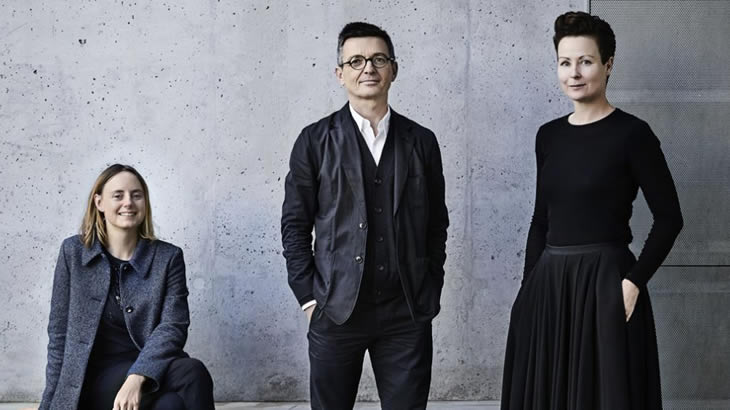
Underwriting Australia’s contribution to the 2018 Venice Biennale is a realisation that our collective history of building and city-making has not been without damage to the natural world.
It is now time to repair that damage.
Australian inclusion in the Venice Architecture Biennale will draw attention to the landscapes, ecologies, and plant species that have been damaged and driven to the edge of extinction, often as an impact of urban development. Entitled Repair, the exhibition asks a simple question: can we transform urban development, to reverse the historic impacts of urban settlement and the displacement of nature?
Much like the 2017 Australian pavilion, Repair will combine two elements: a large single installation, alongside a curated collection of relevant case studies. For 2018, Melbourne-based artist Linda Tegg, best known for introducing indigenous grasslands at the State Library of Victoria in 2014, will complete the installation component. For Venice she will install thousands of temperate grassland species, cultivated and nurtured nearby and located within the pavilion for the duration of the Biennale.
Led by architects Mauro Baracco and Louise Wright, the full curatorial team includes artist Linda Tegg, landscape architect Chris Sawyer, landscape architect and urban designer Tim O’Loan, and trans-disciplinary researcher Paul Memmott.
The exhibition’s title explicitly refers to the damage that has been done to Australia’s landscape. In particular Western Plains grasslands have been almost driven to extinction, with only one percent of species having survived the last two centuries.
To find out more we spoke to co-curators Mauro Baracco and Louise Wright.
Your curatorial team encompasses ecologists, urbanists, and landscape architects. It’s rare to find that level of collaboration on the one project. Did you set out to make a statement about the need for collaboration in the built environment?
Baracco: The conundrum here is that, in large parts of Europe, there is already a clear understanding that designing the built environment needs to connect meaningfully with urban ecology and the landscape, but in Australia we still find that the big developers are not there yet. We want this exhibition to provoke a discussion at that level.
Wright: The idea of the exhibition comes from a fundamental questioning of our inherent tradition of designing objects, rather than from the more complex and multi-disciplinary perspective of land-use. It might take a while, but things are moving in that direction.
Frankly, if we designers want to remain relevant, we have to get used to the idea that we need to work in teams. It’s almost a matter of survival.
The exhibition includes plans to transplant sensitive indigenous Australian plants into an alien location and climate. Is that a significant challenge to do?
Wright: Well, these plants will be coming from an environment of plentiful sun, to an interior of limited natural lighting, which is likely to put them into a state of stress.
We decided it was impractical to export them as the plants. Instead we brought seed plants to Italy earlier this month. We took samples from 65 Western Plains Grasslands species, the seeds of which are being grown in an Italian school of agriculture.
Even though we are working with scientists and ecologists, Australia knows little about how to grow our own native plants, and, sadly, a lot of the traditional knowledge is disappearing.
You have made an open-call for submissions to the 2018 pavilion. Do you have any specific kinds of projects or practices in mind?
Wright: We are hoping to include projects that consider the wider eco-system that a project sits within. This could be a small project with wider ‘downstream’ implications or, indeed, a project the size of a region like Sydney’s plans for a Green Infrastructure Grid in NSW.
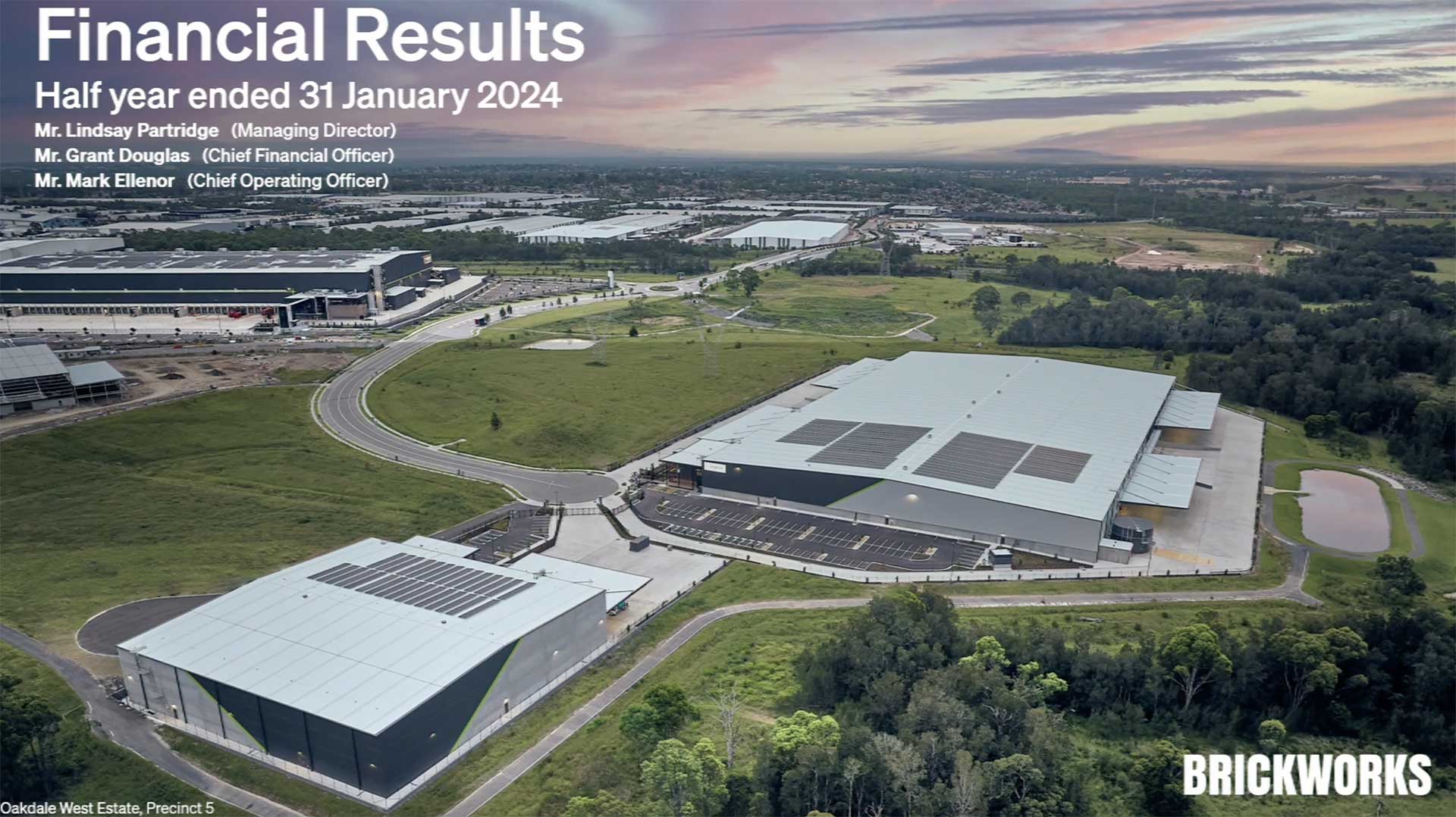
![Image_Grant Douglas_Financial Results[82]](https://investors.brickworks.com.au/wp-content/uploads/2024/03/Image_Grant-Douglas_Financial-Results82-scaled.jpg)
![Image_Mark Ellenor_Divisional Performance[81]](https://investors.brickworks.com.au/wp-content/uploads/2024/03/Image_Mark-Ellenor_Divisional-Performance81-scaled.jpg)
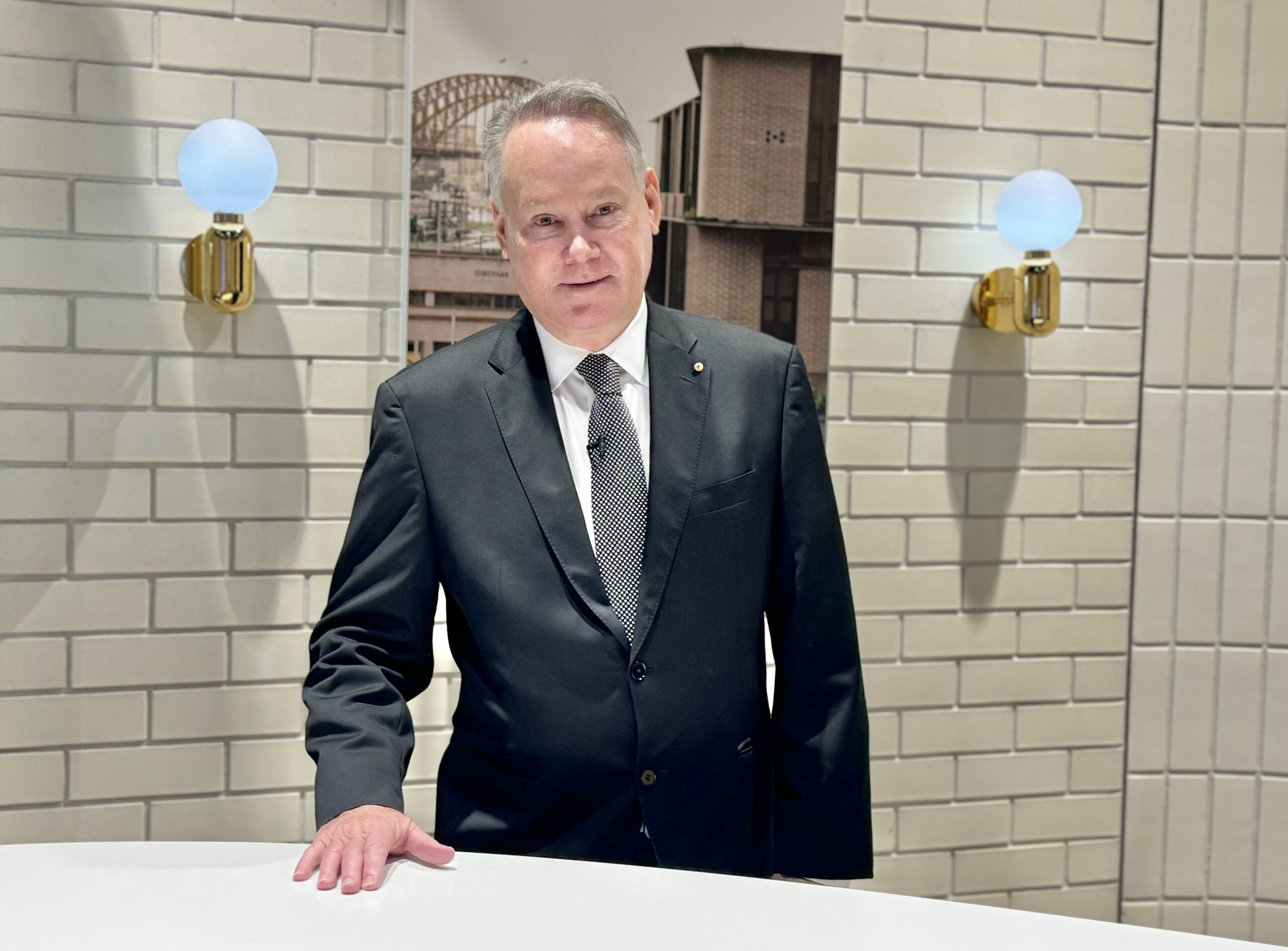
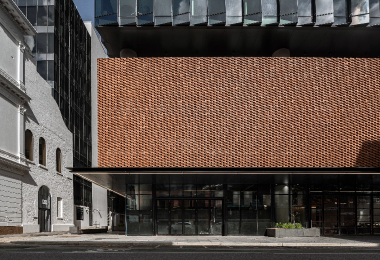
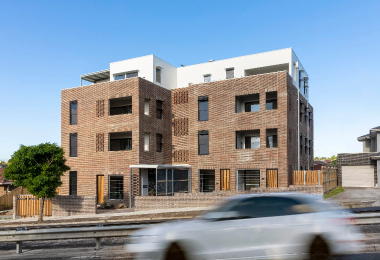
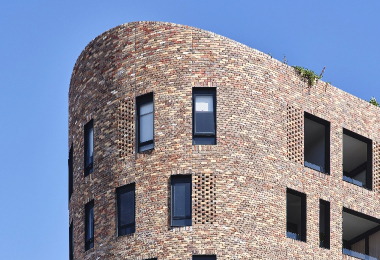
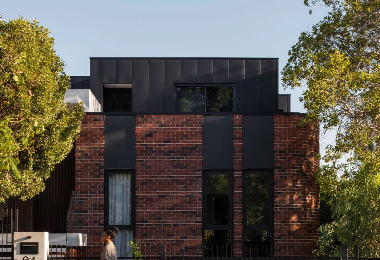
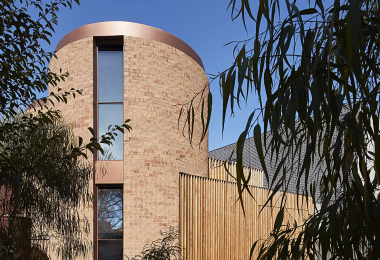
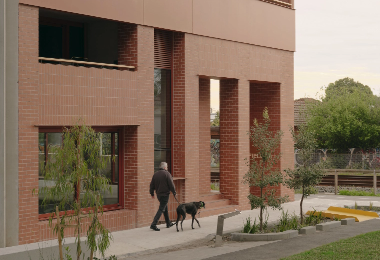

![Image_Grant Douglas_Financial Results[82]](https://investors.brickworks.com.au/wp-content/uploads/2024/03/Image_Grant-Douglas_Financial-Results82-scaled.jpg)
![Image_Mark Ellenor_Divisional Performance[81]](https://investors.brickworks.com.au/wp-content/uploads/2024/03/Image_Mark-Ellenor_Divisional-Performance81-scaled.jpg)


![Image_Grant Douglas_Financial Results[82]](https://investors.brickworks.com.au/wp-content/uploads/2024/03/Image_Grant-Douglas_Financial-Results82-scaled.jpg)
![Image_Mark Ellenor_Divisional Performance[81]](https://investors.brickworks.com.au/wp-content/uploads/2024/03/Image_Mark-Ellenor_Divisional-Performance81-scaled.jpg)

We use cookies in order to offer the most relevant information and deliver the best experience.
Please accept cookies for optimal performance.
Click here for more information.